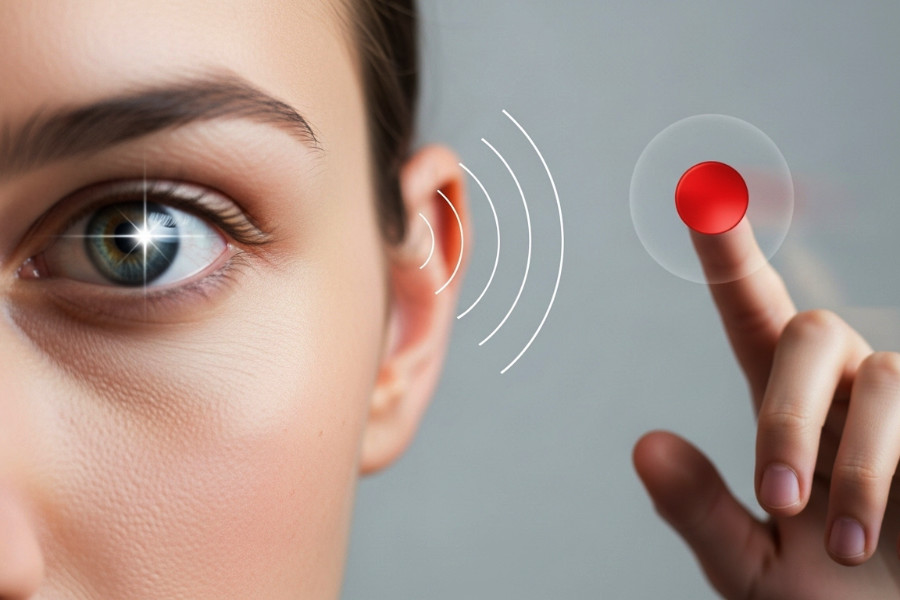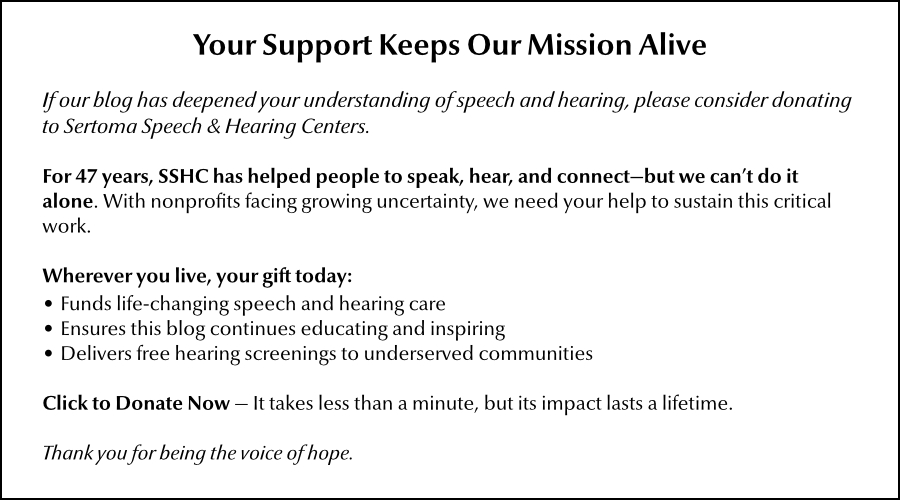Scientists have long known that combining senses—like seeing and hearing—can sharpen our responses. But exactly how the brain fuses this information to guide our actions has been less clear.
A new study from the University of Rochester and University College Dublin, published in Nature Human Behaviour, maps that process in detail.
Why it matters
Understanding how our brains integrate sensory information could reshape how we diagnose and treat conditions that affect perception, decision-making, and movement. It gives scientists a concrete model to spot differences in clinical populations and design targeted therapies.
1 big idea
Your brain doesn’t just process sight and sound in parallel—it merges them before you move. This integration speeds up reaction times when both senses detect a change.
“The research provides a concrete model of the neural architecture through which multisensory decisions are made. It clarifies that distinct decision processes gather information from different modalities, but their outputs converge onto a single motor process where they combine to meet a single criterion for action.” —Simon Kelly, PhD, professor at University College Dublin
 With healthy hearing and vision, your reactions are more accurate.
With healthy hearing and vision, your reactions are more accurate.
The study
- Participants watched a dot animation and listened to tones.
- They pressed a button when they noticed a change in the dots, the tones, or both.
- EEG measurements tracked decision signals over time.
Result: Visual and auditory “decision accumulators” gathered information separately but then combined in the motor system, producing faster responses when both senses changed together.
The big picture
Researchers tested two models:
- The race model: Visual and auditory accumulators compete to trigger a motor reaction.
- The integration model: Accumulators combine before sending to the motor system.
Both models fit the data, until a delay was added to one sense. Then the integration model explained the results better, showing that sensory streams merge before movement when both are present.
 With healthy hearing and vision, you gain a sensory advantage.
With healthy hearing and vision, you gain a sensory advantage.
A closer look
Building on decades of multisensory research, EEGs showed that auditory and visual targets triggered different responses in their respective accumulators, evidence that they operate independently before merging.
- This integration ensures that motor actions are based on a unified decision criterion, not competing sensory signals.
The intrigue
Beyond pure science, this work could impact the design of rehabilitation for people with sensory or motor impairments by aiming to train the brain to better integrate inputs for quicker, more accurate responses.
The takeaway
- Multisensory decisions aren’t a free-for-all. They start on separate sensory tracks, then merge to create a single, faster, more reliable action plan.
- When your senses work together, your brain’s motor system gets a clearer, faster “go” signal. And thanks to this research, we now know the pathway that the signal takes.
Healthy hearing means a healthy brain
Learn about the health of your hearing with a free 15-minute hearing screening by an audiologist, and give your brain the sensory advantage.
★ Call 708-599-9500 to schedule your free screening.
★ For facts about hearing loss and hearing aid options, grab your copy of The Hearing Loss Guide.
★ Sign up for our newsletter for the latest on Hearing aids, dementia triggered by hearing loss, pediatric speech and hearing, speech-language therapies, Parkinson's Voice therapies, and occupational-hearing conservation. We publish our newsletter eight times a year.
Don't let untreated hearing loss spoil your enjoyment of life.


